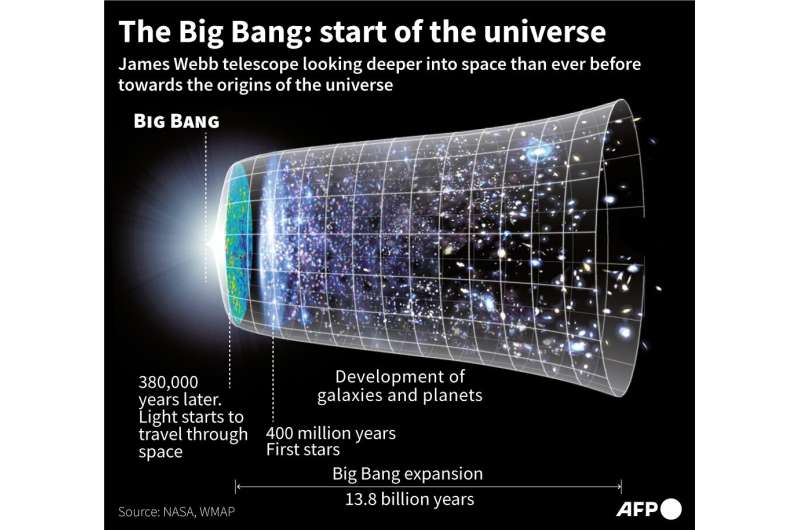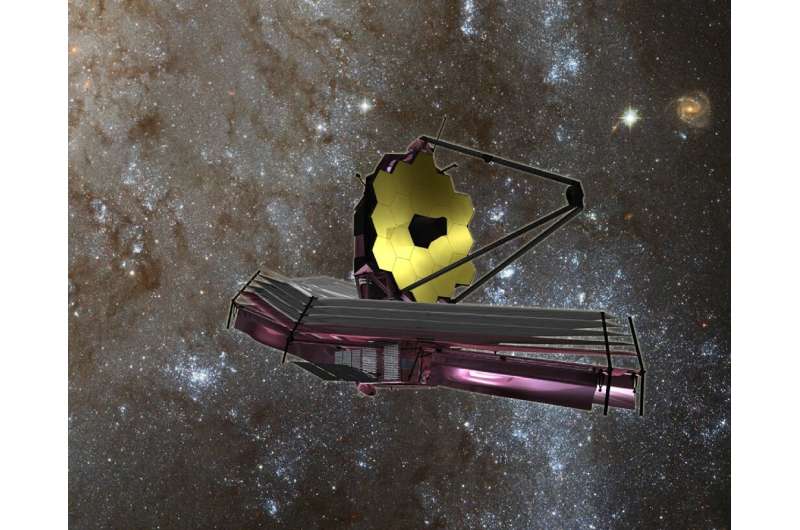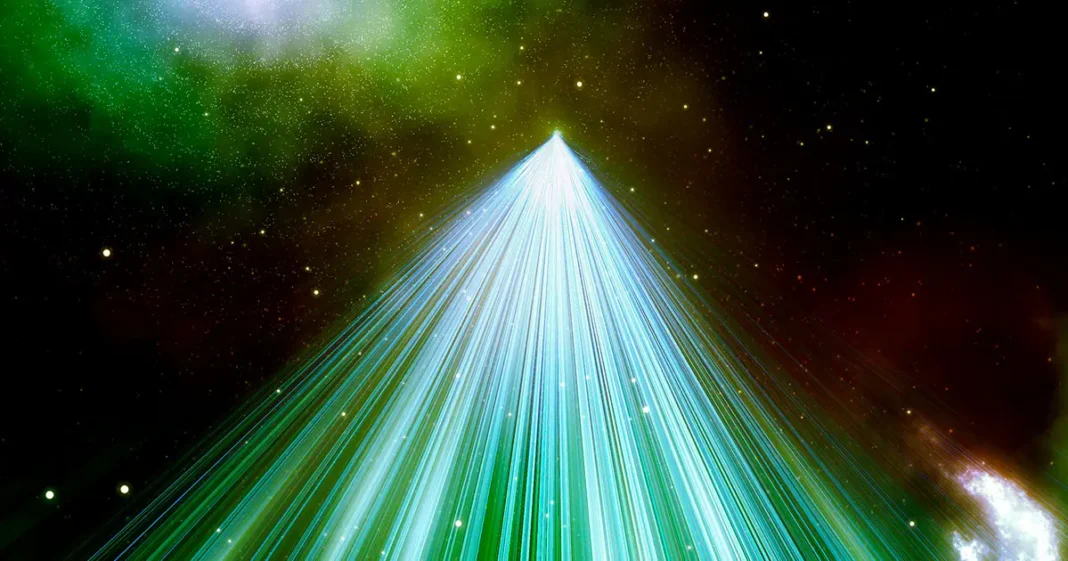The James Webb Space Telescope has spotted six massive galaxies that emerged not long after the Big Bang, a study said Wednesday. These galaxies are forming at a speed that contradicts our current understanding of the universe.
Since becoming operational last July, the Webb telescope has been peering farther than ever before into the universe’s distant reaches—which also means it is looking back in time. For its latest discovery, the telescope spied galaxies from between 500 to 700 years million years after the Big Bang 13.8 billion years ago, meaning the universe was under five percent of its current age.

The findings published in The Astrophysical Journal Letters are based on observations of three patches of sky totaling just 0.2% of the total area visible to Webb. In those few patches alone, researchers found 30 young galaxy candidates similar to what they were expecting to find—but six massive galaxies caught them by surprise.
“We didn’t expect to find such massive galaxies so early in the history of the universe,” said study co-author Jacqueline Hodge from The Pennsylvania State University. “These objects are as massive as some of the most luminous quasars known at this early stage.”
Researchers believe that these galaxies may have formed through rare and extreme gravitational events such as two small galaxies merging together or a giant gas cloud collapsing under its own weight—but they’re not sure yet.
What is clear is that these results challenge what scientists thought they knew about how quickly galaxies can form and grow. “This finding completely changes our expectations for how massive galaxies assembled in the very early universe,” said study lead author Daniel Pfeifle from Durham University in England.
The James Webb Space Telescope has spotted six massive galaxies that emerged not long after the Big Bang, a study said Wednesday, surprising scientists by forming at a speed that contradicts our current understanding of the universe. These findings published in The Astrophysical Journal Letters are based on observations of three patches of sky totaling just 0.2% of the total area visible to Webb. In those few patches alone, researchers found 30 young galaxy candidates similar to what they were expecting to find—but six massive galaxies caught them by surprise.











